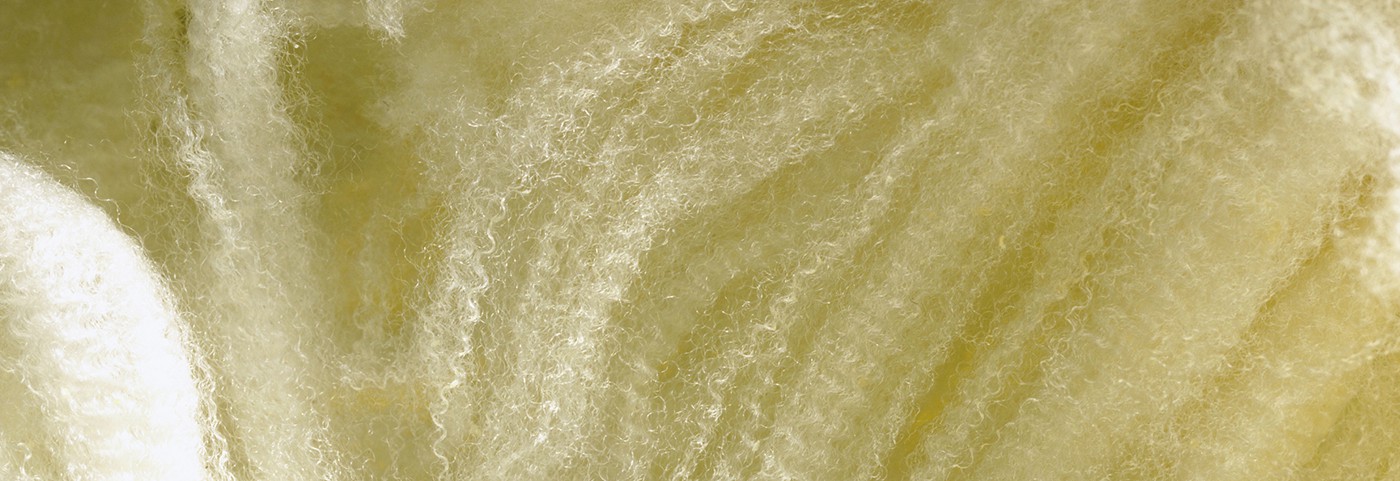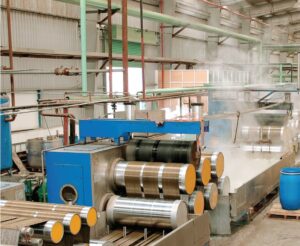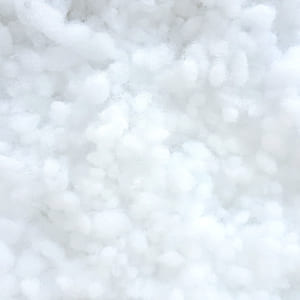What is hemp?
Hemp has received attention in recent years because it is a fiber that can be sourced locally in Europe and in areas where cotton cannot be cultivated. Hemp is also generally considered to be environmentally beneficial.
Hemp is primarily cellulose and is non-allergenic. Hemp is similar in appearance and performance to flax and is occasionally indistinguishable in comparison to flax. It is often coarser and stiffer and may present a rougher fabric. Hemp comes in a variety of natural colors: cream, brown, grey (from light grey to almost black), and green. Italian hemp is particularly notable for being soft and silky with a pale grey color.
Characteristics
- Very strong
- Resistant to UV light and mold
- Good absorbency
MAKING
Material Sourcing
Hemp is a cellulosic bast fiber that is found in the stems of the annual plant Cannabis sativa. Hemp is grown in about 30 countries in Europe, Asia, and the western hemisphere; major producing countries include China, France, the UK, and Romania. Hemp is grown in many varieties, each one typically named after its country of origin.
The production of hemp is similar to flax where the seed is planted, relatively few inputs are required, the mature plant is cut or pulled out of the soil for retting, and the retted stalks are processed to remove apparel grade fibers within the stalk. Hemp grows to 2-3 m or more in height and produces a high amount of fiber.
Hemp crops require about 100 days of growth after planting. Fertilizer is applied to improve yields, though adding too much can result in lower fiber quality. Due to the density of growth and general resistance to pests, herbicides and insecticides are rarely used with hemp.
Processing
Because the textile fibers are locked in the stalk (similar to flax), retting is required to separate the usable fibers from the woody portions of the stalk. Retting breaks the chemical bonds of the pectin that surrounds the fibers and binds them within the stalk. Traditionally it is a microbial process that entails laying down cut or pulled hemp stems in the field to be exposed to moisture, sun, and soil (essentially, a composting process). The resulting fiber may vary in quality due to fluctuating conditions. Water retting is a more controllable process that produces a more consistent quality fiber, but requires more labor and, potentially, cost. Water retting can occur in tanks, a portion of a river, or a pond. The use of engineered enzymes to aid in retting can result in higher quality fiber.
Retted stalks are dried, bundled, and transported to processing facilities for mechanical separation of the fiber from the woody portions. The bundled items are sent through a process where rollers break the woody parts into small pieces, and short fibers are separated from long fibers.
To prepare for spinning, the long fibers are put into parallel bundles called “hands” of the same length and thickness. A hackling machine makes the fibers parallel and splits off any short fibers and remaining wood in a process similar to combing cotton or wool. The resulting sliver is drawn, doubled, and twisted to produce a rove of hemp fiber. Bleaching with peroxide or an alkali treatment may be done to improve the fineness and strength of yarns.
to produce a shorter fiber suitable for blending and spinning using cotton methods. The Trailer enzyme process, which is currently focused on flax, can also be used with hemp to produce fibers with properties similar to cotton that can be spun using cotton methods.
Spinning & Texturing
Most hemp yarns are produced for weaving and are composed of 100% hemp. After spinning, thin sections and knots are removed, yarn breaks are knotted by hand, and the yarn is wound on cone winders. This process is labor-intensive as there are not many modern machines involved. The yarn is then wound and prepared for weaving or knitting. Paraffin wax is added if the yarn will be knitted.
Textile Construction
Hemp has relatively low elasticity compared to synthetics and non-bast natural origin fibers. This attribute leads to 100% hemp yarns woven as plain or twill fabrics. Blended hemp yarns offer the opportunity for a wider variety of constructions and qualities to achieve functional performance such as a softer hand or better drape.
To put it short, Hemp is a durable fiber that can be cultivated in cold climates, with a high yield and little need for pesticides or chemicals throughout the production. Hemp is considered generally to be environmentally beneficial, due to its biodegradability and ability to be used as a regenerative rotational crop.
INS AND OUTS
Process Inputs
Hemp cultivation requires relatively low amounts of energy – especially in the organic production of hemp. Energy use in processing harvested fiber to prepare it for spinning is highly variable depending on the method of retting, scutching, drying, etc. Energy use in the yarn spinning and weaving processes also varies very much depending on yarn size and method.
Hemp requires 500-700 millimeters of water per crop; if cultivated in regions with that level of rainfall during the growing season, additional irrigation is not necessary. Water consumption for retting is typically low, even when retted in tanks and rivers. Water use may increase if the fiber is bleached and if the steam explosion is used in processing.
Fungicide is often used on hemp seeds before planting. Fertilizers are applied to hemp crops to promote growth and higher yields. Hemp grows so quickly that weed control is usually unnecessary, thus eliminating herbicide use. Pesticides are generally not used during crop production.
In some regions, “BabyHemp” is grown in a manner that results in stems that are of similar length as flax, facilitating the use of flax machinery. Here plant growth is terminated through the use of glyphosate, a herbicide.
With the same land under cultivation, hemp produces 250% more fiber than cotton and 600% more than flax.
Process Outputs
The production of hemp fibers for apparel use produces some co-products including short fibers and hurds (also known as shives) that have economic value. Other by-products are plant residues and fiber dust that may be used as fuel for heating factories.
While pesticides are not used in traditional hemp production, as much as 4 kg of active pesticide ingredients are used per hectare to grow BabyHemp.
Wastewater contamination is due primarily to crop production (fertilizer) and secondarily to retting. Water retting of hemp can result in depletion of oxygen if retting occurs in a river rather than tanks or artificial ponds.
Greenhouse gas emissions associated with hemp cultivation are relatively small compared to the emissions from yarn production. Fiber processing may have minimal emissions unless fiber drying is required.
IMPACTS
Material Benchmark
As illustrated in the MADE-BYs material benchmark, hemp scores relatively high in terms of sustainability. Organic hemp is in the best class (A), while conventional hemp is in class C.
Remember that the MADE-BY benchmark tool is a cradle-to-gate material scoring tool, which addresses impacts that range from the extraction or production of raw materials, through manufacture and finishing, to when the material is ready to be assembled into a final product.
Notice that organic hemp is found in Class A and conventional hemp in Class C.
OTHER CONCERNS
Potential Social and Ethical Concerns
There may be potential human exposures to water contaminated with nitrates from farming (if fertilizer is used) and exposure to high amounts of dust from fibers in subsequent processing. Finally, hemp processing equipment in factories may be old, loud, and hazardous with many moving parts and a lack of worker protection. Hemp is considered generally to be environmentally beneficial, due to its biodegradability and ability to be used as a regenerative rotational crop. It can absorb heavy metals from soils, and usually does not require the use of pesticides and only potentially low levels of fertilizers.
Availability Of Material
Hemp is not commonly produced due to the ready availability of substitute fibers, as well as the restrictions placed by some governments on the growing of all Cannabis sativa plants. The variety grown to produce hemp has extremely low amounts of tetrahydrocannabinol, and efforts are underway to create regulatory exemptions for fiber crops. Processing technologies for hemp are evolving slowly partially due to technological constraints as well as relatively low global demand, resulting in high costs and low availability.
Availability Of Certified Material
Although apparel quality hemp is readily available in Europe and Asia and certified organic hemp seed is available, certified organic hemp fiber is rare.
#MATERIAL SNAPSHOTS
This post series #Material Snapshot shares a curated mix of Textile Exchange’s Material Snapshots and Materials Summaries, for free. To access all available information, visit Textile Exchange, where full pdfs detailing every material can be bought.
Textile Exchange’s Material Snapshots and Materials Summaries are a set of tools designed to help the reader understand why the choice to use certain materials makes a difference in the textile, apparel, and footwear industry. That choice could result in positive or negative impacts depending on the material and supply network details. These snapshots and summaries can help brands make decisions on which preferred fiber or material is the right choice for them by providing a concise look at the raw material options, including agricultural processes, social impacts, and processing differences that make material sustainability profiles different. They also provide information on material properties, certifications, and sourcing information since sustainability is only one of the many reasons why a particular material is chosen.
The two sets of resources – the Material Summaries and the Material Snapshots – are designed to be used alongside each other within an organization to help educate and enable informed, intelligent fiber and material choices. The Material Summaries are geared more towards the designer/developer user in the company, whereas the Material Snapshots are designed for more technical users such as materials, sourcing, and sustainability professionals.






